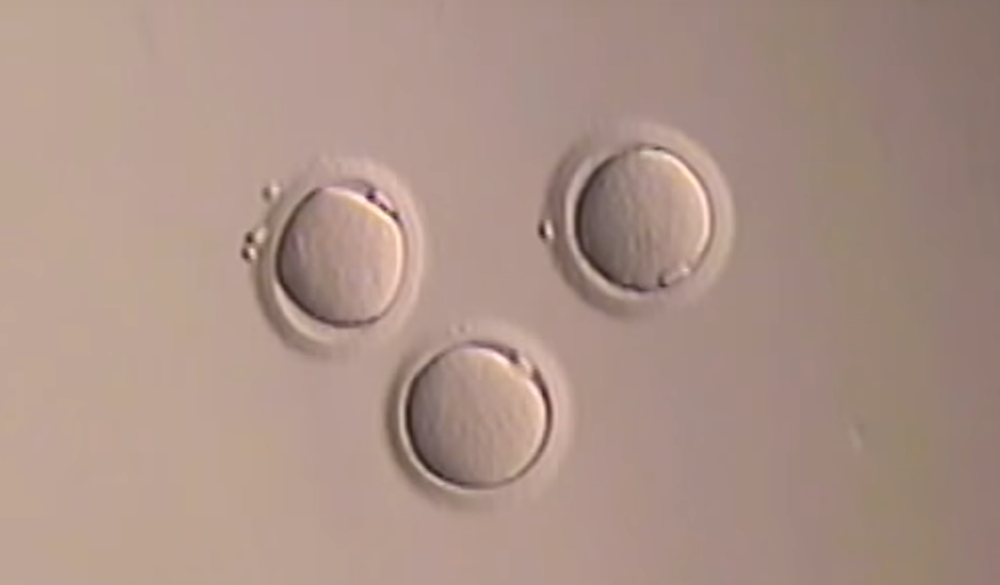
[Image above] Though vitrification of human tissue may sound unusual, it is actually a well-established practice in fertility treatment—specifically egg freezing. Credit: RMA of New York, YouTube
Some of my international friends poke fun at me for the plethora of random national “holidays” celebrated in the United States, including Opposite Day (January 25), National Donut Day (June 5), and National Middle Child Day (August 12).
I admit our penchant for celebrating unusual things is a bit overboard, but I also understand the sentiment. If you want to bring attention to a topic you care deeply about, then a national day is a good way to do so.
And today in particular is a good example of that. July 22 is World Brain Day, a more recent national holiday that was established in 2014 by the World Federation of Neurology (WFN) to increase public awareness and promote advocacy related to brain health. Each year, WFN partners with different societies to spotlight specific brain-related topics. And this year, WFN partnered with the International Parkinson and Movement Disorder Society to raise awareness for Parkinson’s disease.
You may wonder why I mention such a bio-focused holiday on CTT. The reason World Brain Day caught my eye is because of a study published earlier this year on remains found at Mount Vesuvius.
Mount Vesuvius is a volcano near the Bay of Naples in Italy. The volcano is most well-known for its 79 CE eruption, which buried the ancient Roman city of Pompeii under a thick carpet of volcanic ash and killed an estimated 2,000 people in Pompeii and Herculaneum (another nearby city).
The site remained mostly untouched until 1748, when a group of explorers looking for ancient artifacts arrived in the area and discovered the ashes had acted as a great preservative for almost everything in the city, including buildings, household goods—and skeletons of the unfortunate victims.
Studies of the remains have revealed many things that took place during the eruption, for example, that many victims likely died of heat rather than suffocation due to ash fall. And this January, a study published in the New England Journal of Medicine discovered that the heat was so intense, it provided the ideal environment to turn some people’s soft tissue into a glasslike substance!
Specifically, the study found evidence that a man’s brain underwent vitrification, i.e., the process by which a material turns into a glass or glasslike substance by rapidly cooling in the absence of ice crystal formation. In this case, the burst of broiling heat from the explosion, followed by rapid cooling of the body, transformed the man’s brain tissue into a glassy material.
The first three minutes of the video below illustrate the situation that led to vitrification.
Credit: Because Science, YouTube
Though turning human tissue into a glasslike substance may sound wild, vitrification is actually a well-established practice in fertility treatment—specifically egg freezing.
The practice of freezing eggs for fertilization and implantation at a later date has been around for decades. However, traditional freezing methods often damaged or destroyed the eggs. Eggs have high water content, and traditional methods cooled the eggs slowly, causing water to crystallize and damage the cell structure.
Vitrification avoids this problem by freezing the eggs quickly, thus avoiding water crystallization. And the apparently higher survival rates of vitrified eggs appear to be a driving factor behind the rise in the number of women freezing their eggs.
Learn more about the process of egg freezing through vitrification in the video below.
Credit: RMA of New York, YouTube
